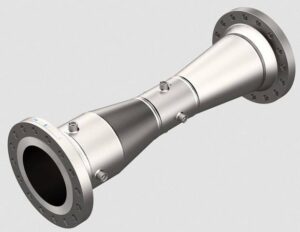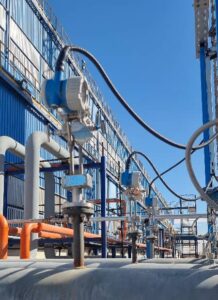Welcome to the official website of Ava Espikoo Sanat
19 October ,2025 11:33
Ava Espikoo, a pioneer in the field of industrial equipment and chemicals
October 19, 2025
11:33
- Home
- Engineering
- Commerce
- Projects
- Productions
- Education
- Recruitment and cooperation
- Contact Us
- About us
English







